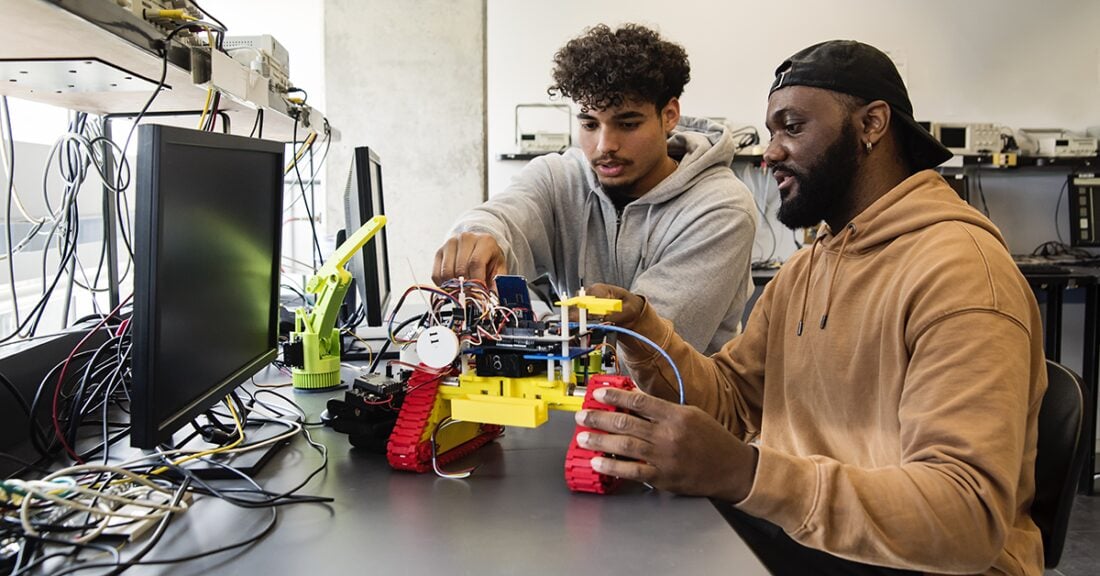Divert Youth From Prosecution With Promising State and Local Efforts

Protect and Redirect: America’s Growing Movement to Divert Youth Out of the Justice System discusses key policy and practice reforms related to addressing adolescent misbehavior outside of the justice system. The new brief from the Sentencing Project provides examples from 23 states and eight localities that are expanding and improving the use of juvenile diversion.
Diversion typically yields better outcomes than arrest and prosecution in juvenile courts. Its benefits include:
- Far lower likelihood of subsequent arrests; and
- significantly greater success in education and employment.
The Annie E. Casey Foundation, which funded the brief, is calling for jurisdictions to significantly expand their use of diversion and address predictable adolescent misbehavior outside of the court system. Put simply, juvenile diversion programs and approaches hold youth accountable for their behavior and help young people to mature into adulthood without being thrown off track by the negative effects of justice-system involvement. Greater and more targeted use of diversion has also shown promise to reduce the racial and ethnic disparities in youth justice systems.
“Young people succeed when families, communities and schools respond first to delinquent conduct — not the courts,” says Burgundi Allison, associate director for Diversion and Prevention with the Casey Foundation.
National Juvenile Justice Reform Efforts
Protect and Redirect describes reform efforts across the country, including states with both Republican and Democratic governors and state legislative majorities. These reforms have the following objectives:
- Expand the use of diversion. Create new laws, programs or pathways to increase the use of diversion and steer lower-risk youth with significant human service needs away from the justice system.
- Address longstanding disparities in diversion. Undertake comprehensive reviews to identify and address problematic practices that have resulted in Black youth being far less likely to be diverted from juvenile court than their white peers, with big disparities for all offense types. Revise diversion-related policies that often disadvantage youth of color.
- Embrace new practices to increase the success of diverted youth. Expand the use of restorative justice as an alternative to formal court involvement; substantially increase the use of pre-arrest diversion, which is even more effective than diversion from court following an arrest; and provide support to diverted youth or take other steps to minimize the share of youth who are returned to court for noncompliance with diversion.
- Improve the collection and sharing of data to better inform diversion policies and programs.
Promising State and Local Diversion Reform Efforts
Davidson County, Tennessee, home to Nashville, is among the examples of promising state and local diversion reform efforts that Protect and Redirect cites. The court has led efforts to triple the share of delinquency cases responded to by local community organizations rather than the justice system.
The brief also cites Harris County, Texas, the nation’s third-largest county and home to Houston. It created a new multimillion-dollar funding stream to support community-based services for youth involved in or at risk of justice system involvement. The county more than doubled the share of cases diverted from 2017 to 2021 while increasing Black youths’ share of diverted cases from one-fourth to nearly half.
Protect and Redirect is the first in The Sentencing Project’s five-part series on diversion. Four additional briefs offer practical insights and recommendations for legal practitioners, youth justice lawmakers and advocates focused on:
- reducing racial and ethnic disparities;
- best practices for juvenile diversion;
- using data to reduce disparities and improve outcomes in diversion; and
- effective messaging to promote juvenile diversion reform.
The brief notes, “Taken together, the many reform efforts described in this issue brief suggest the beginnings of what may become — and should become — a fundamental shift in America’s approach to youth justice.”






